MOJO runs down every long-playing jewel from Freddie Mercury and co.
@Michael Ochs Archives/Getty
In 2005, it was calculated that Queen had become the most successful ever act in Britain’s album chart with a total of 1,322 weeks on the chart, while The Beatles could manage only 1,293. Admirers clearly appreciate Queen for their melodies, compositional range and Freddie’s stage presence. However, when you look closely at the band’s individual albums, even the most ardent admirer might admit they sometimes lack the gravitas that goes with a ‘rock classic’ like, say, Led Zeppelin’s IV.
Queen, of course, can be as much Elaine Paige as Jimmy Page. On most albums, they travel to extremes of kitsch, pastiche and schmaltz on at least a couple of tracks. But anyone who appreciates joy in popular song can only listen with amazement to the tracks arrayed on the band’s Greatest Hits I compilation. The albums, too, amaze with their thrilling combination of individual talent and studio technique, while the songs move from ragtime to rock (via disco, funk, skiffle, gospel and Islamic rock). As the Queen canon unfolds, surely only the most stony heart can fail to beat a little faster.
15.
The Miracle
Parlophone, 1991
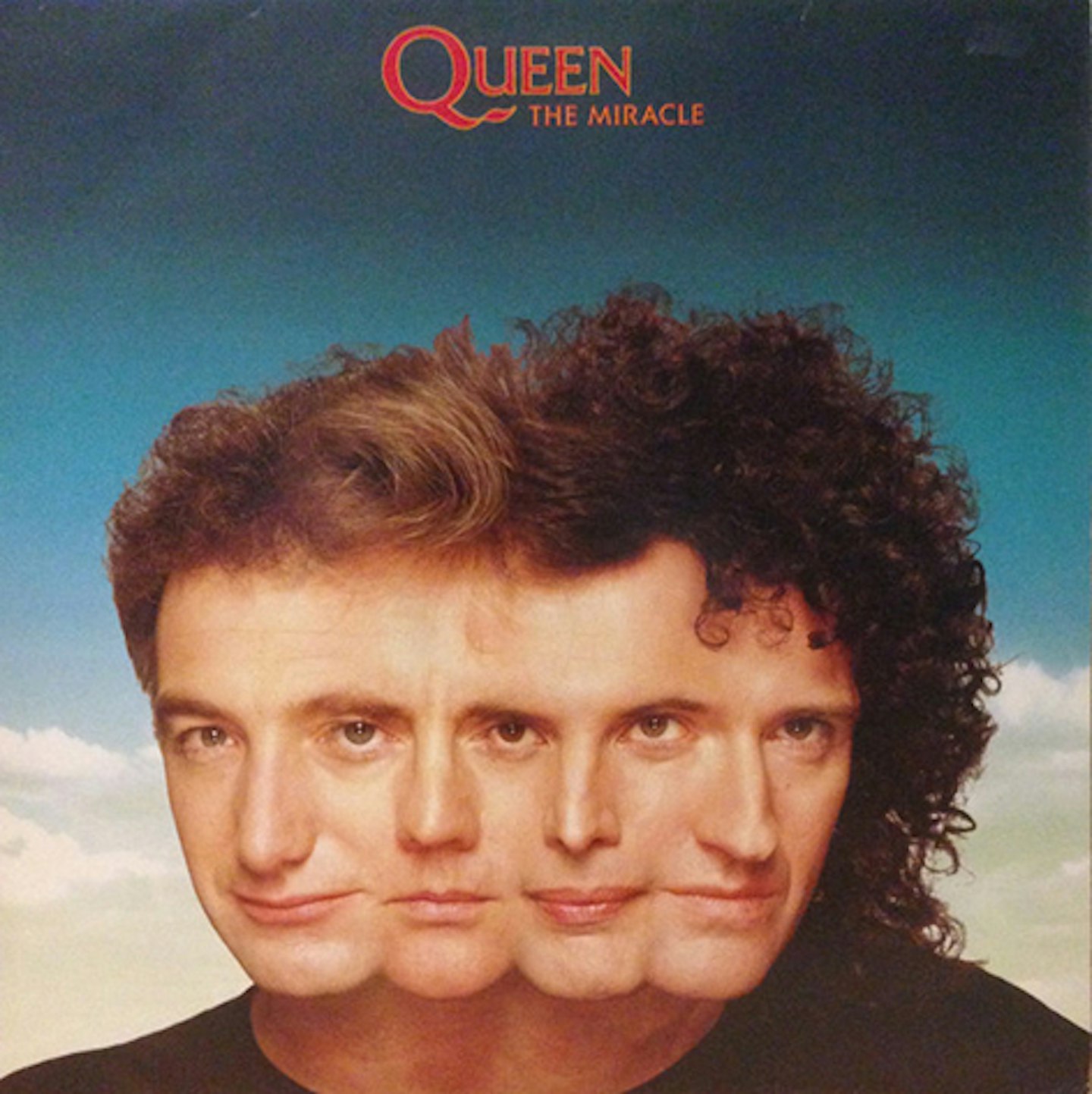
Queen’s studio nadir does include I Want It All, a powerful, if standard-issue, expression of Queen anthemics – a Brian May song inspired by a favourite saying of wife Anita Dobson. There were also the chugging, perfunctory singles Breakthru and The Invisible Man, but the album is typified by the opening Party and Khashoggi’s Ship. Both pretend to a good time abandon, one that’s nowhere to be found in this music. And Khashoggi being the billionaire businessman/arms dealer Adnan Khashoggi. The abiding mood is artistic aridity.
14.
Hot Space
EMI, 1982
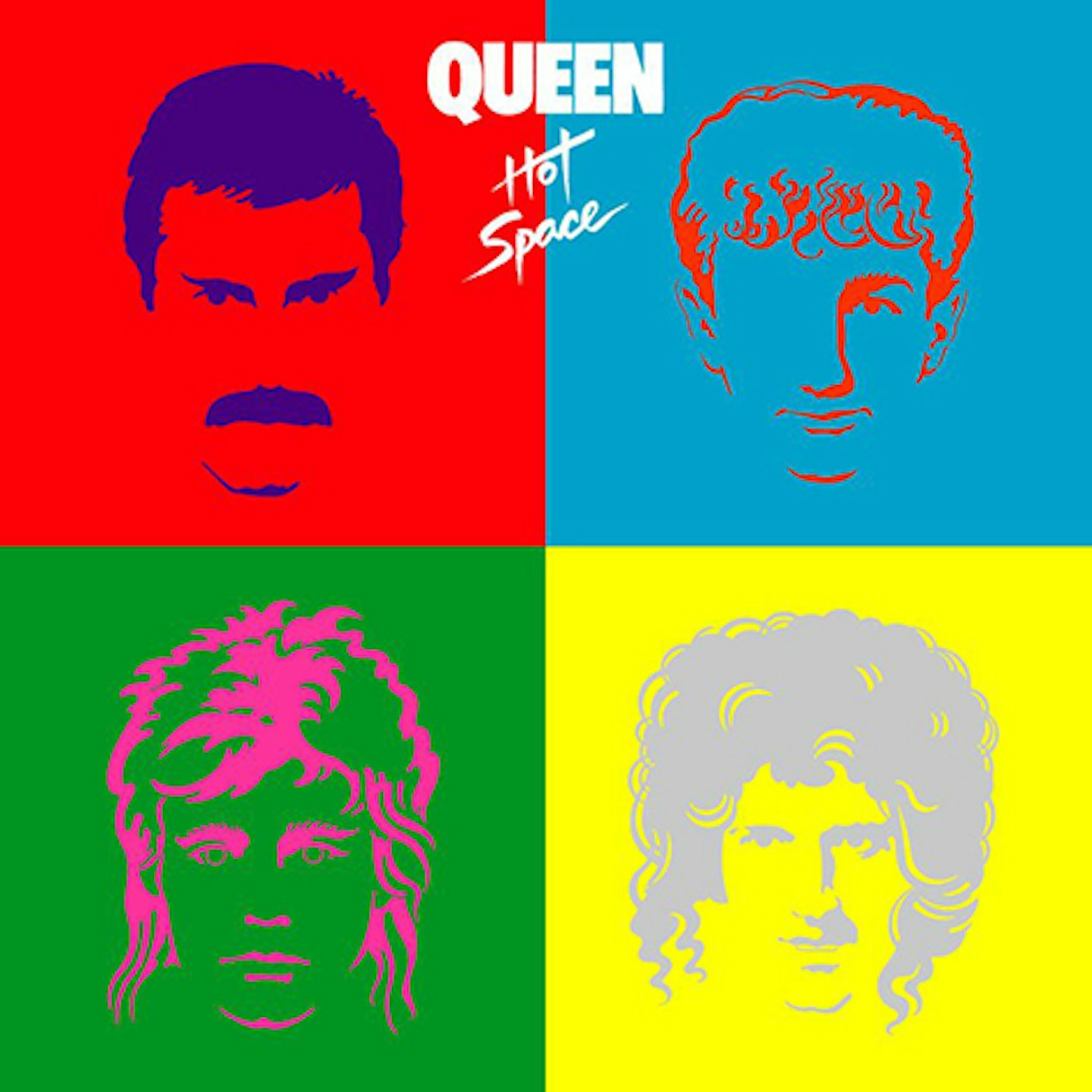
The first Queen album sleeve on which Freddie is boldly moustachioed. He’d been enjoying nights at leading NYC leather lads club the Mineshaft, and here Queen also embraced the dance floor. Tracks like Body Language and Staying Power have an upfront carnality in the lyrics, but their disco/funk undercarriage is much less stimulating. By far the standout track is the glorious Bowie collaboration Under Pressure – a track that, when sampled by Vanilla Ice, saw much more dance floor action than Hot Space’s routine disco forays. However, the ballad Las Palabras De Amor (The Words Of Love) is pretty and likeable, a celebratory nod to the mass audience adoration Queen had experienced in South America.
13.
Flash Gordon
EMI, 1980

Directed by Mike Hodges (Get Carter) and featuring Max von Sydow as Ming The Merciless alongside a cast including Brian Blessed and playwright John Osborne, the Flash Gordon film is enjoyable space camp. Full of tight, spangly clobber and fruity dialogue, it’s surely home terrain for Queen – and their soundtrack is capable stuff, full of atmospheric synth surges, ray gun noises and Brian May’s harmonic guitar orchestration. But while Flash’s Theme (“Flash! A-ah!”) is undeniable in its superbly absurd sci-fi sensationalism, the likes of The Ring (Hypnotic Seduction Of Dale) and Crash Dive On Mingo City are best for occasional background deployment.
12.
A Kind Of Magic
EMI, 1986
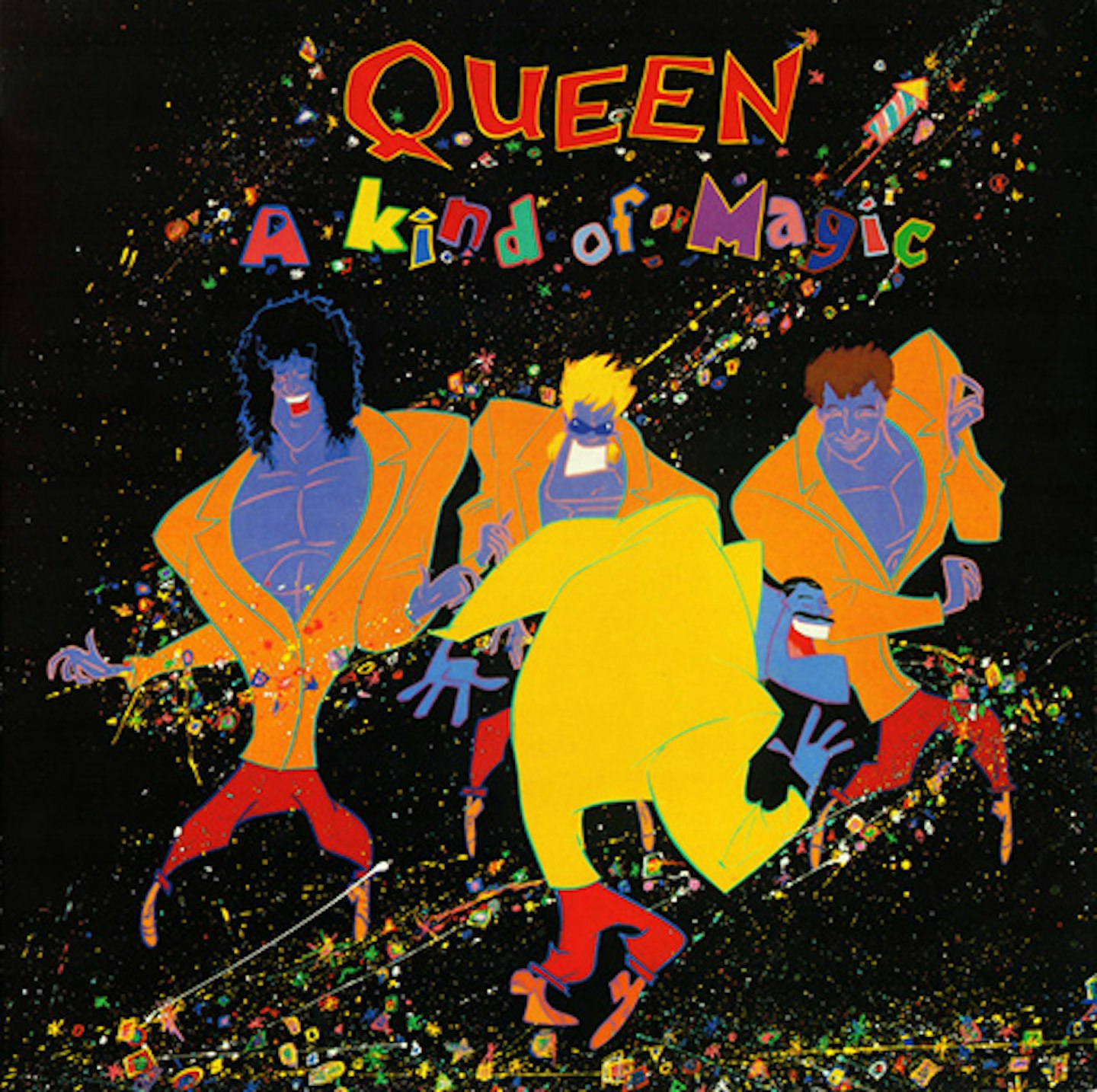
The first album after Queen’s utterly exhilarating, show-stealing Live Aid set. The precision pop and rock triumphalism displayed that day fills the opening track here, the single One Vision. This song started as a Roger Taylor composition, inspired by Martin Luther King. Commandeered by Freddie it became an exercise in playful anthemic supremacy. The album was a de facto soundtrack to the film Highlander, with only three songs not featuring in the movie. As a whole, the album is neat and purposeful, with the title track, Friends Will Be Friends and Who Wants To Live Forever also becoming singles. The latter took on immense retrospective poignancy after Freddie died five years later.
11.
Made In Heaven
Parlophone, 1995

Completed after Freddie’s death, this album seems ever more poignant. He’d recorded vocals when he could, working against the inevitable finality. The rock-augmented new version of Mercury solo track I Was Born To Love You is a puzzling inclusion but elsewhere there are extremely moving moments. Too Much Love Will Kill You was first released as a Brian May solo single in 1992. It deals with May’s own personal life but when sung by Mercury it came to seem hauntingly prescient. The album concludes with 13, a meditative and largely instrumental 22 minutes and 30 seconds that sometimes suggests Kraftwerk. Mercury died aged 45, and one theory is there are 30 seconds for each year of his life.
10.
Innuendo
Parlophone, 1991

After the often-astonishing aridity of The Miracle, it was good to see Freddie – who would die of AIDS-related illness nine months after its release – bow out with an album that reprised Queen’s most outlandish inclinations. It was, of course, the six-and-a-half-minute Innuendo where this was most evident. It was heartwarming to see this title track released as the album’s first single and fly straight to Number 1 in Britain –unimpeded by kitchen-sink arrangement and flamenco Interlude by Steve Howe of Yes. Other cherishable tracks include the bittersweet These Are The Days Of Our Lives and the rousing The Show Must Go On.
9.
The Game
EMI, 1980
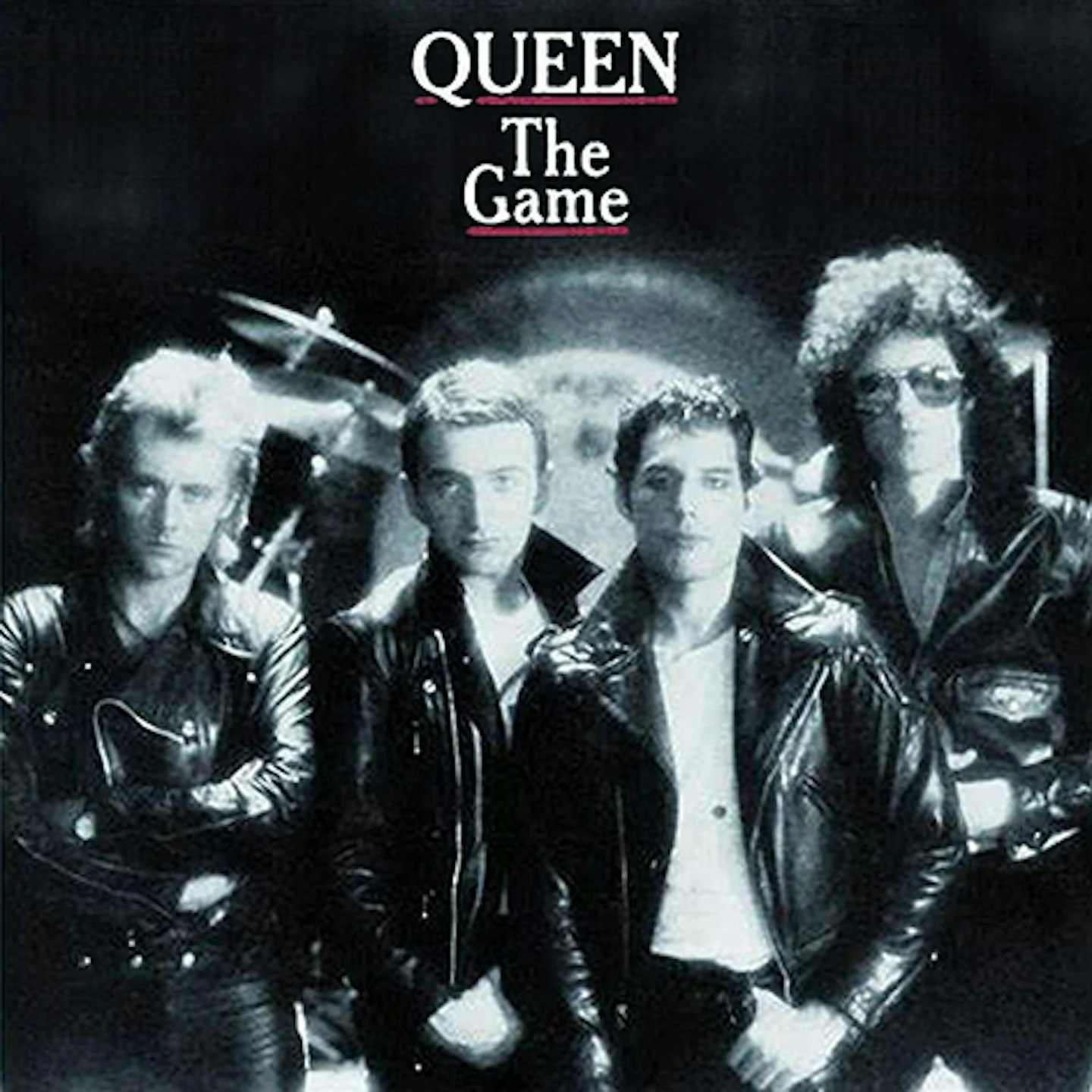
This is the album where Queen first contravened the “No synths!” proclamation on the sleeve of 1976’s A Day At The Races album. But a more ancient musical mode heralded The Game – the superb rock ‘n’ roll of the Crazy Little Thing Called Love single. Another One Bites The Dust brought more from-nowhere genre mastery, an irresistible funk blast inspired by Chic. There’s also the spectacularly relaxed funk rock of Dragon Attack (“Take me to the room / Where the black’s all white / And the white’s all black”), while singles Save Me and Play The Game further juice a joyous 35 minutes. Even the Samaritans-flavoured Don’t Try Suicide sounds like free entry to Studio 54.
8.
News Of The World
Parlophone, 1977
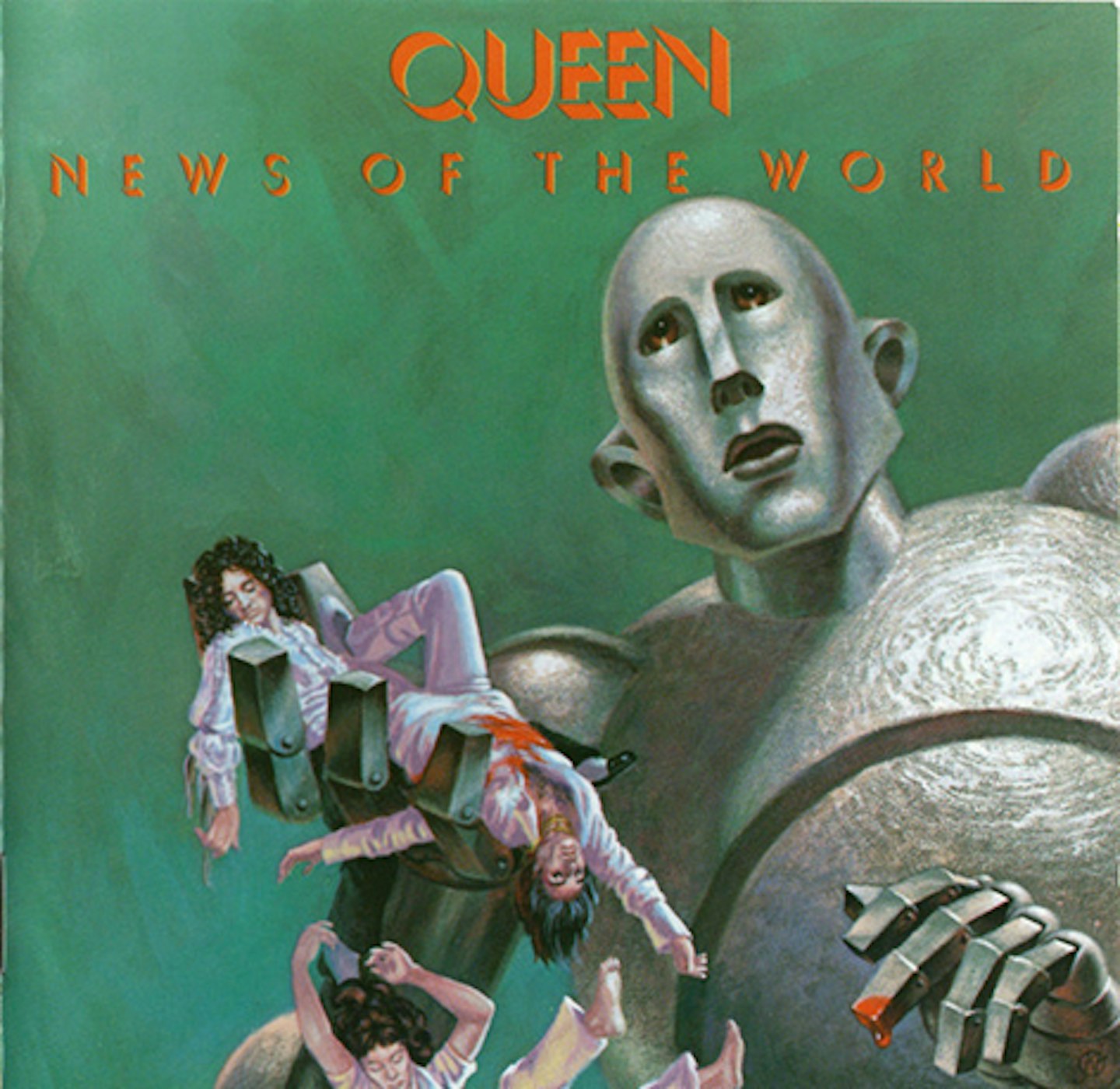
In We Are The Champions and We Will Rock You, News Of The World contains Queen’s two great inclusive anthems- staples of the band’s concerts, sporting occasions and Pepsi Cola advertisements starring Britney Spears and Beyoncé as gladiators. Amazingly enough, We Will Rock You wasn’t a hit in Britain until boyband Five covered it. The track originally appeared merely as the B-side to We Are The Champions. N_ews Of The World_ fans also draw much pleasure from Sheer Heart Attack (not to be confused with the LP of the same name) and All Dead, All Dead, a song guitarist Brian May wrote about a childhood cat.
7.
Queen
Parlophone, 1973

Emerging from a primordial soup of bands with various unpromising names such as Ibex, Sour Milk Sea, Smile and Humpy Bong, Queen appeared with this debut album. Compared to the following Queen II, it’s an ostentatious but straightforward rock blast. Nonetheless, this band’s dual monarchy of utter preposterousness and utter brilliance was there for all to see. Just place the disdainfully self-assured Keep Yourself Alive beside the luna- tic bravado of Great King Rat. The album closes with an instrumental Seven Seas Of Rhye-a song that, when completed for Queen II, would give the band their first Top 10 single.
6.
The Works
Parlophone, 1984

Under Pressure excepted, 1982’s Hot Space album was something of a low point for the band. On Body Language, Queen seemed determined to morph into epicene Brit-funkers Imagination– not something to please the band’s more rock-minded fans. The Works followed two years later and it re-established the band strongly with swaggering mechanised pop. Radio Ga Ga, It’s A Hard Life and I Want To Break Free were all Top 10 singles, while the latter found utility with both the Brazilian democracy movement and in an advert for Coca-Cola. The rock slam of Hammer To Fall was released as a fourth single peaking in the Top 20.
5.
Jazz
Parlophone, 1978

A few cloying tracks (Dreamer’s Ball, In Only Seven Days) sit alongside hugely potent stuff. It’s difficult to imagine a double A-side as brilliantly ridiculous as Fat Bottomed Girls/Bicycle Race. Unless you replace the former with Mustapha. Sung in barely-sensical Arabic, Mustapha goes, “Allah, Allah, Allah, Allah will pray for you, hey!” As Brian May wryly informed MOJO in 2004, “I don’t know how well it would go down if we played that one in America today.” Best of all, though, is the euphoric Don’t Stop Me Now. When Alex Kapranos was asked for his key inspiration for Franz Ferdinand’s second album, he chose this track.
4.
A Day At The Races
Parlophone, 1976
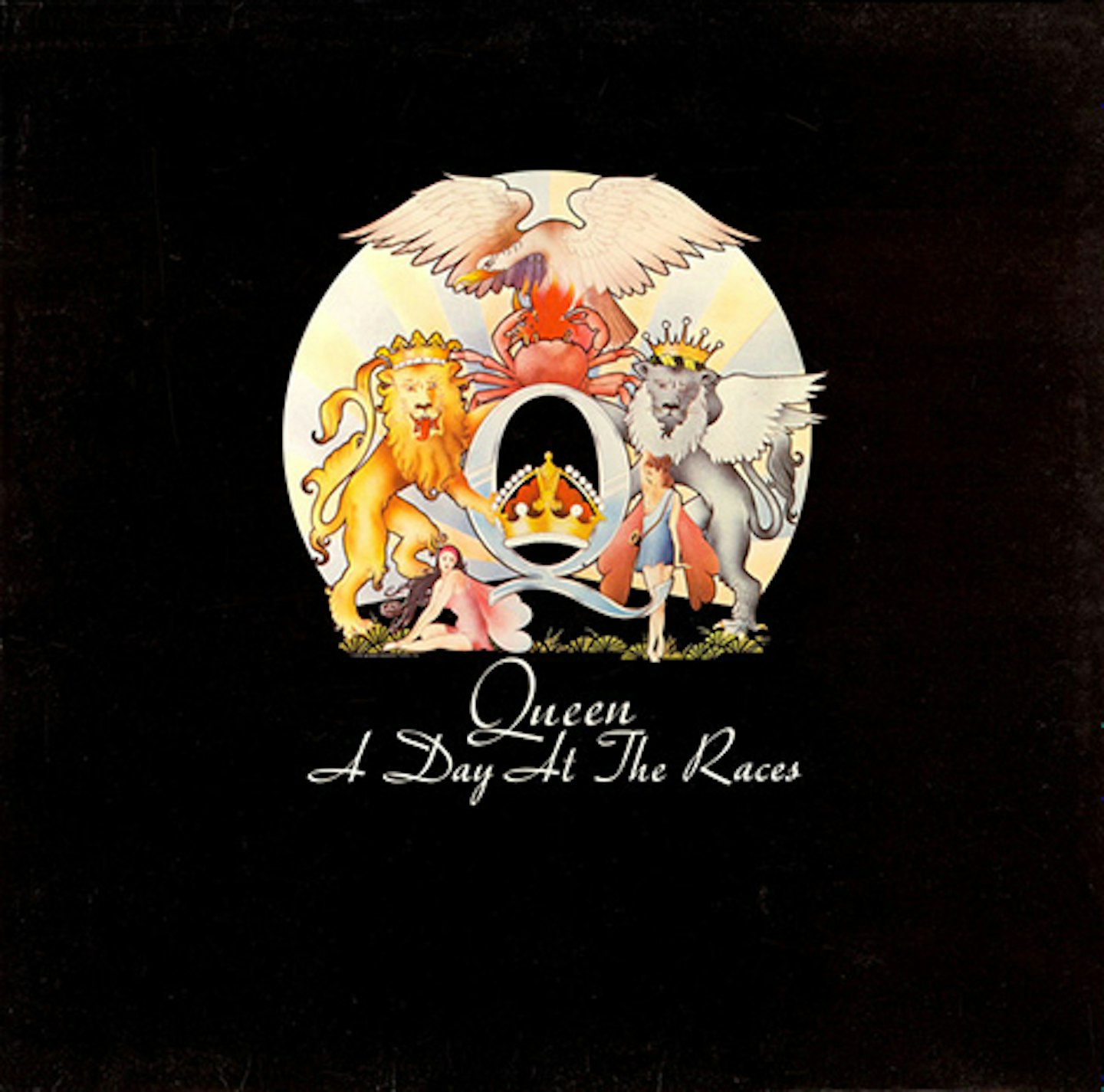
Coming after the success of Bohemian Rhapsody and A Night At The Opera, A Day At The Races has a feel of consolidation – something reinforced by the crest on the sleeve and another Marx Brothers-derived album title. Which isn’t to say it lacks bold strokes. The album’s big hit, Somebody To Love, is an extraordinary, multi-tracked gospel powerhouse, apparently written with Aretha Franklin in mind. Brian May’s White Man is a rare excursion into the explicitly political and Tie Your Mother Down became a live favourite. Overall, the album made it clear that Queen’s coat of arms was a reliable bill of fare.
3.
Sheer Heart Attack
Parlophone, 1974
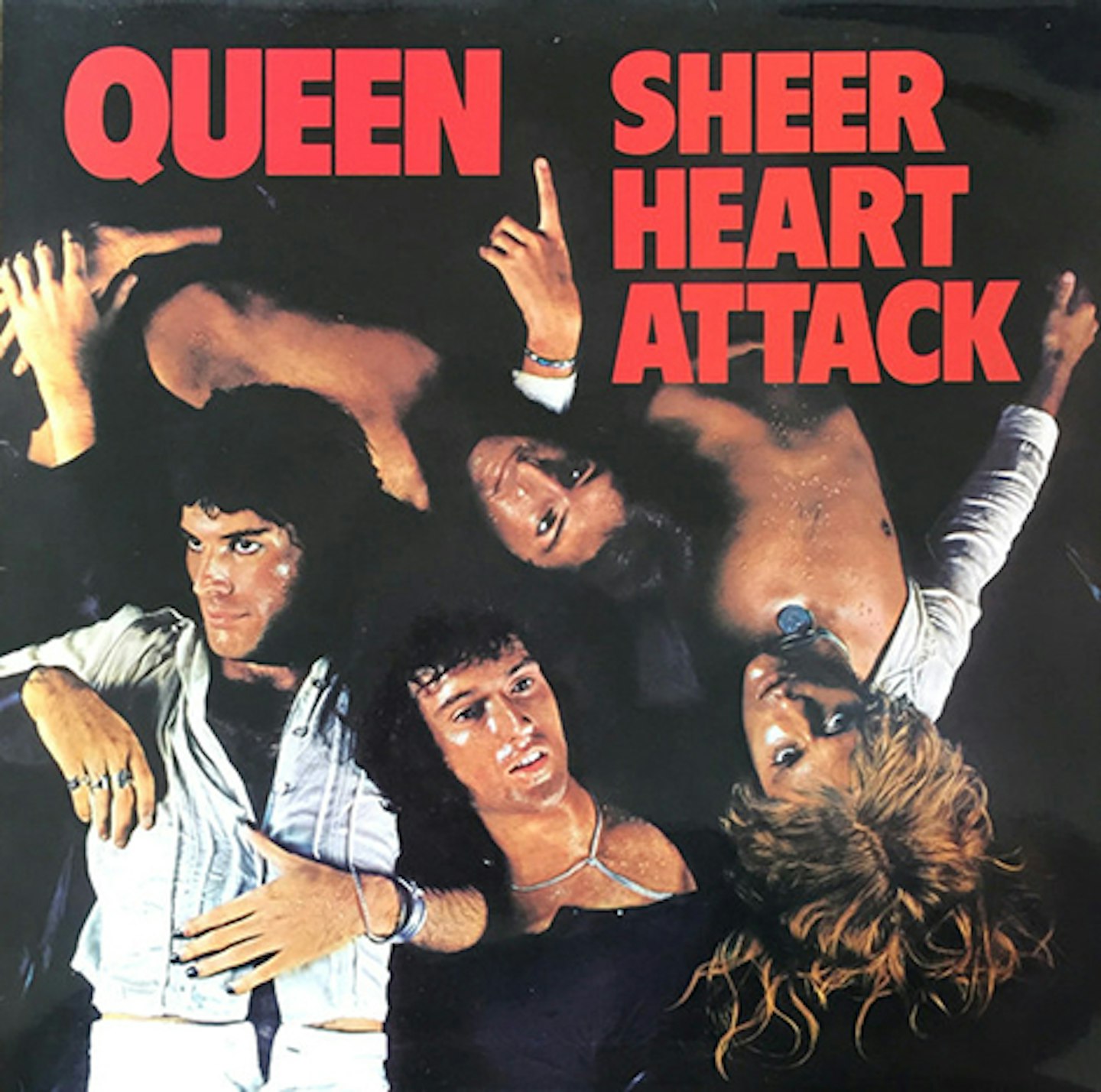
They didn’t hang around in those days-this followed Queen II and was also released in 1974. Compared to its widescreen predecessor, this is a lean ocelot slipping off its choke chain. The album’s visceral side is best heard on Stone Cold Crazy, later powerfully covered by Metallica. But there’s also the pop precision of Killer Queen and the insane ragtime pastiche of Leroy Brown. Other high points include Now I’m Here and the great Brian May track, Brighton Rock.
2.
Queen II
Parlophone, 1974

After the relatively orthodox, high-octane rock of their debut album, this gave notice of Queen’s startling ambition. The album is divided into a White side and a Black side. Opening the White side, May’s 1 multi-tracked guitars on Procession still sound futuristic 30 years on. However, it’s the Black side, all written by Mercury, which really astonishes. The pairing of The Fairy Feller’s Master Stroke and Nevermore gives a heady foretaste of Bohemian Rhapsody. Fairy Feller is full of the rococo lyricism that Freddie would tellingly revisit “Pedagogue squinting… a satyr peers under a lady’s gown… what a dirty laddio.” Scaramouche!
1.
A Night At The Opera
Parlophone, 1975
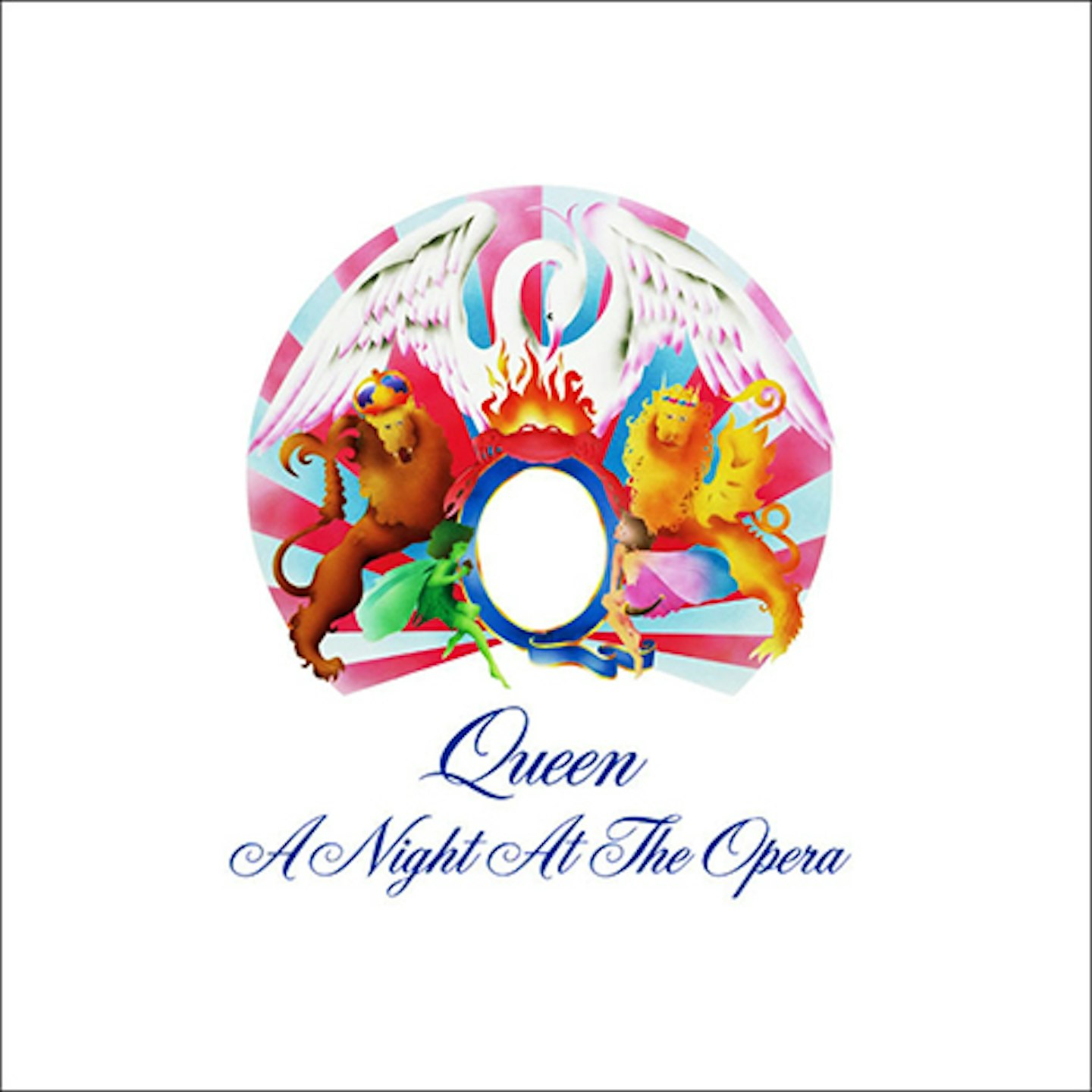
Following Queen II and Sheer Heart Attack, this crowned Queen’s most outrageously fecund period. Bohemian Rhapsody is the centrepiece, but also of particular note are John Deacon’s lovely You’re My Best Friend and Freddie’s Love Of My Life (the latter covered by Elaine Paige, The Scorpions, Extreme and Norma Waterson). And let’s not forget I’m In Love With My Car, Roger Taylor’s tribute to a roadie’s Triumph TR4. Queen are rarely described as ‘experimental’ but they’ve probed relentlessly in the studio. This album features not only forward-thinking multi- tracking, but, on Good Company, the human mouth doing a whole brass section.

